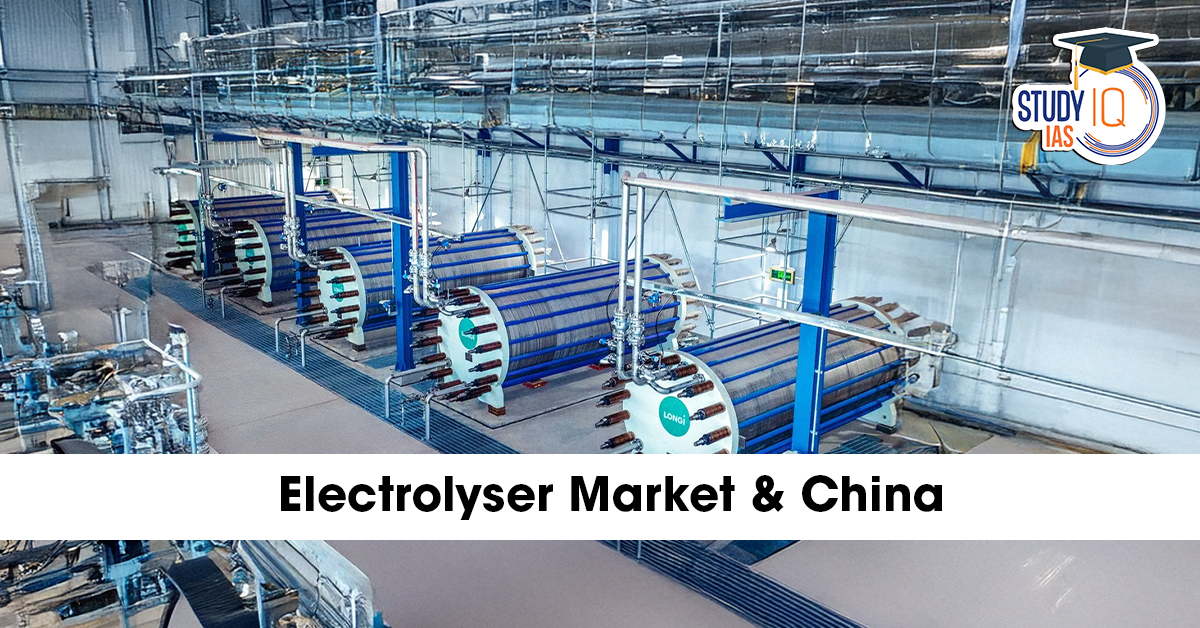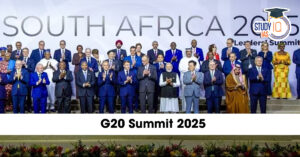Table of Contents
The global energy transition is entering a new phase — one dominated by green hydrogen. After revolutionising solar manufacturing, China now aims to lead the electrolyser market, the key technology enabling hydrogen production from renewable sources.
However, the path ahead is more complex than the solar boom that made China the undisputed leader in photovoltaic (PV) technology.
What Is an Electrolyser?
An electrolyser is a device that uses electricity to split water (H₂O) into hydrogen (H₂) and oxygen (O₂). When the electricity used comes from renewable energy sources like solar or wind, the hydrogen produced is called green hydrogen — a clean fuel that can replace fossil fuels in industries such as steel, fertilizer, and transport.
Electrolysers are central to the green hydrogen ecosystem, just as solar panels are to solar energy.
There are two main types:
-
Alkaline Electrolysers (ALK) – Mature, cheaper, but less efficient.
-
Proton Exchange Membrane (PEM) Electrolysers – More efficient and flexible but costlier.
China’s Rise in the Electrolyser Market
By 2024, China became the world’s largest hydrogen producer, with an annual output of 36.5 million tonnes, nearly half of global hydrogen production.
In electrolyser manufacturing, China now controls about 85% of the global capacity for Alkaline electrolysers, thanks to:
-
Large-scale manufacturing,
-
Government subsidies,
-
Integrated supply chains, and
-
Competitive pricing.
Chinese firms like LONGi Green Energy and Envision Energy, known for their solar and wind technologies, have diversified into hydrogen systems, building electrolysers and green hydrogen production facilities both in China and abroad.
Why Is the Electrolyser Market Important?
Green hydrogen is considered the fuel of the future, capable of decarbonising hard-to-abate sectors like:
-
Oil refining and steel manufacturing,
-
Fertiliser production (ammonia synthesis),
-
Long-haul transport and aviation.
As global demand for clean fuels rises, countries are racing to build domestic electrolyser capacity to reduce dependence on fossil fuels and imports.
This makes the electrolyser market a strategic pillar of the global energy transition — and a potential geopolitical tool, much like oil once was.
How China Built Its Dominance
China’s strategy in the electrolyser market mirrors its solar success:
-
Economies of Scale – Mass production lowers costs.
-
Government Policy Support – Incentives and industrial policies boost investment.
-
Integrated Manufacturing Hubs – Control over the entire supply chain.
-
Export-Oriented Growth – Focus on overseas markets with low-cost technology.
-
Technological Partnerships – Collaborations with European firms to improve efficiency.
These factors helped China dominate the market for Alkaline electrolysers, though it still lags behind Western countries in advanced PEM technology.
Can China Replicate Its Solar Success?
Despite its early lead, China faces major hurdles in replicating its solar dominance in electrolysers:
1. Technological Complexity
Unlike solar panels, which are standardized, hydrogen production systems require customized, high-purity solutions tailored to industrial needs.
Exporters with complete system integration expertise (Germany, Japan, U.S.) have an advantage.
2. Global Energy Security Push
Countries are treating hydrogen as a strategic asset, leading to protectionist policies promoting local manufacturing.
For instance, the EU Hydrogen Strategy and India’s National Green Hydrogen Mission prioritize domestic electrolyser production.
3. Regulatory Barriers
Unlike solar PVs, which faced minimal trade restrictions, hydrogen projects involve strict safety, purity, and efficiency standards, making global trade more complex.
4. Cost vs. Quality Trade-off
Chinese electrolysers are cheaper but often considered less efficient or durable than European and Japanese systems.
This creates hesitation among high-end industrial buyers.
Global Competition
China’s expansion is being challenged by several global players:
-
Siemens Energy (Germany) – Leader in PEM electrolysers.
-
Nel Hydrogen (Norway) – Pioneer in hydrogen innovation.
-
Cummins and Plug Power (USA) – Building large-scale PEM systems.
-
India – Developing indigenous electrolyser manufacturing under the National Green Hydrogen Mission, aiming to become a major exporter.
Future Outlook
China’s influence in the global electrolyser market will grow, but its dominance may not be as absolute as in solar PVs.
Reasons include:
-
Technological differentiation across countries,
-
Localisation mandates under green hydrogen missions, and
-
High logistical and regulatory barriers to cross-border hydrogen projects.
However, with consistent government backing, cheap manufacturing, and renewable integration, China will remain a key player in shaping the future hydrogen economy.
Implications for India
For India, China’s rise offers both challenges and opportunities:
-
Challenge: Dependence on Chinese electrolysers could mirror the solar import pattern.
-
Opportunity: India can localise production, attract FDI, and leverage its renewable capacity for green hydrogen exports.
Under the National Green Hydrogen Mission (2023), India aims to produce 5 million tonnes of green hydrogen annually by 2030, making it a global hub for clean energy manufacturing.
Conclusion
China’s rapid growth in the electrolyser market showcases its industrial adaptability and ambition to lead the global green hydrogen revolution.
Yet, replicating its solar success will be more difficult — the electrolyser sector demands not only cost leadership but also technological excellence, regulatory compliance, and global trust.
As nations compete for leadership in this emerging sector, the electrolyser market could define the next decade of the global energy transition — with China as a frontrunner, but not an uncontested one.


 Commonwealth Games Host Cities (1930–2...
Commonwealth Games Host Cities (1930–2...
 G20 Summit 2025 Johannesburg: Full Outco...
G20 Summit 2025 Johannesburg: Full Outco...

























